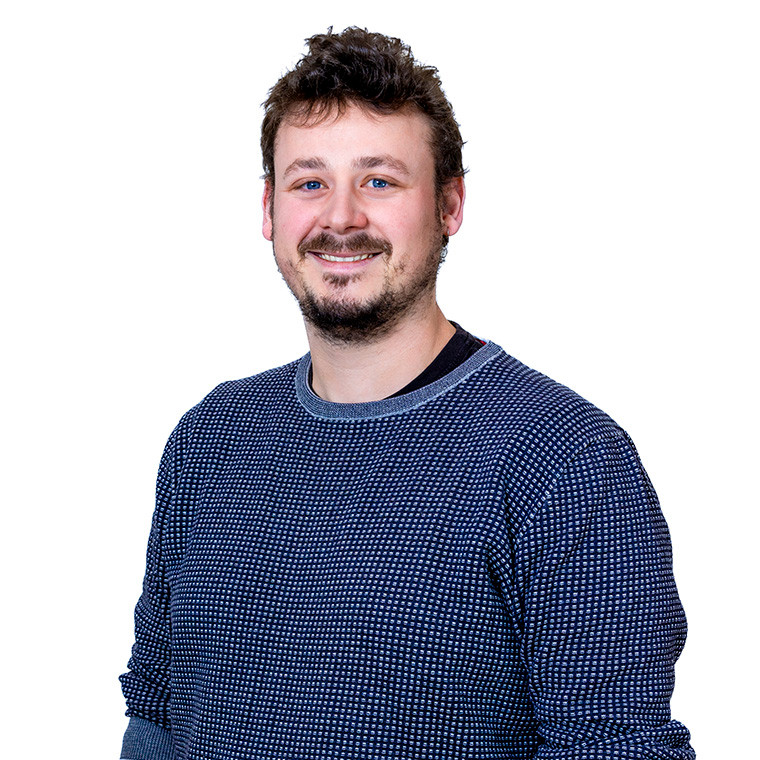The diagnosis of cancer during childhood has an impact on the whole family system. It is important to monitor and screen for psychosocial risk in this system. The Psychological Assessment Tool (PAT) is a well-known, brief and well-validated screener for psychosocial risk in pediatric oncology. The PAT was developed by Anne Kazak to distinguish families in three levels of risk for developing psychosocial problems.
Other instruments being utilized for screening are the Distress Thermometer for Parents (DT-P) and PROMIS questionnaires.
This project is centered around the implementation and use of psychosocial risk screening (the PAT in particular) at different time points and in different countries.
- In the Netherlands the PAT and DT-P have been implemented as a standard of care in a routine monitoring program, using the KLIK PROM portal. Here we will try to evaluate possibilities for implementation and use of the PAT not only at diagnosis but also at the end of active treatment. Also the impact of psychosocial risk on the course of quality of life and fatigue of children and the stress of their parents are part of the research questions. For this purpose data was collected in the Netherlands.
- In Australia, the PAT and DT-P are under study at the end of active treatment. Here will try to check the feasibility of screening at the end of treatment for families with an child with cancer. Also the relation to other screening measures will be assessed. An Australian database will be used for this part of the research.
- In the USA strategies for, and success of implementation will be further assessed in width for parents with a chronically ill child, including other chronic illnesses next to pediatric oncology. Here we will use a large US dataset of PAT-data (n = 3000). Feasibility for similar clinical implementation in the Netherlands will be evaluated. Two Implementation conditions involving specific strategies for implementation will be tested in a national cluster randomized controlled trial (funded by the American Cancer Society).



